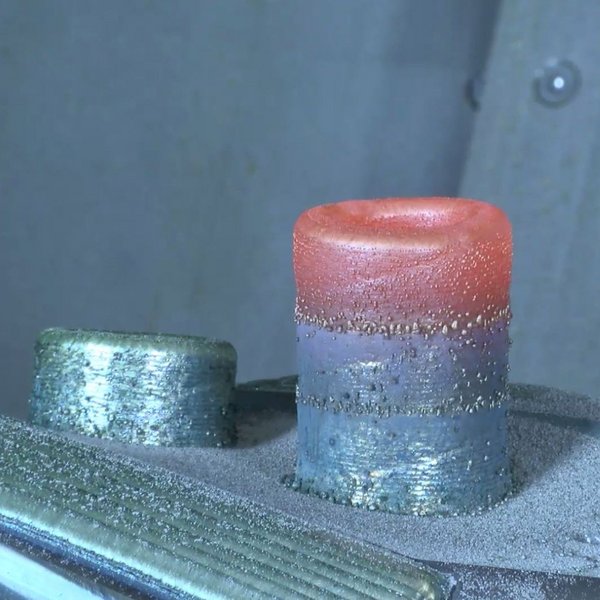Revestimento a Laser

Durante o revestimento, um gás inerte é usado para focalizar o metal pulverizado em um ponto do impacto através de um bocal do anel. O feixe de laser também é focado nesta área, o que resulta na criação de um agrupamento derretimento. O metal derretido se instala neste agrupamento e depois se solidifica. A largura e a altura do revestimento material que está sendo aplicado é determinada por equilibrar precisamente a energia aplicada e a velocidade transversal do feixe do laser com a quantidade de pó que está sendo alimentada através da máquina.
Como com a soldadura de gás inerte tradicional, o gás inerte impede processos da oxidação ao igualmente atuar como um portador e o gás de transporte para as partículas do pó. As partículas do pó estão entre 100 e 150 µm no tamanho, assim que são grandes bastante ser filtradas para fora pelo filtro de 40 µm. Isto assegura que as partículas de pó em excesso não são capazes de interferir com o funcionamento da máquina a longo prazo. Dependendo dos parâmetros do processo, as taxas de aplicação produzem espessuras de revestimento acima de 1,0 mm.
